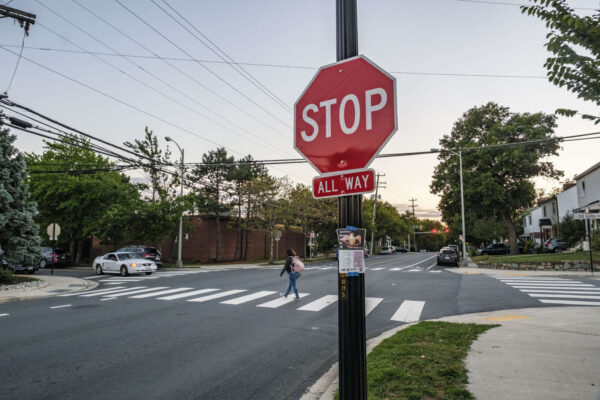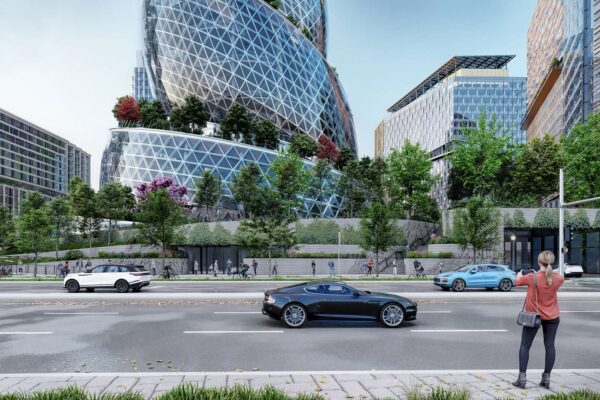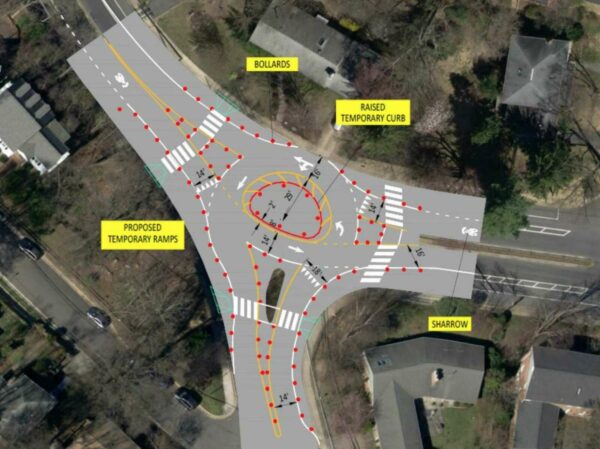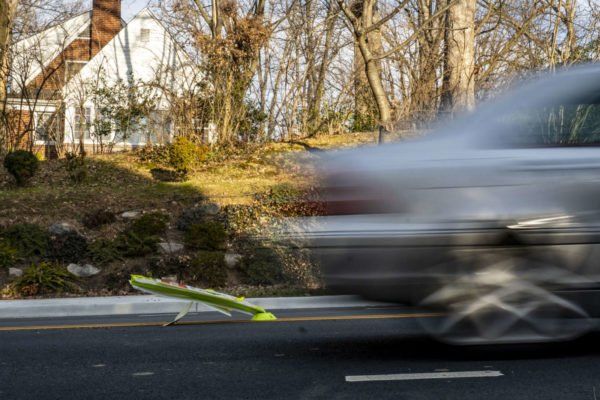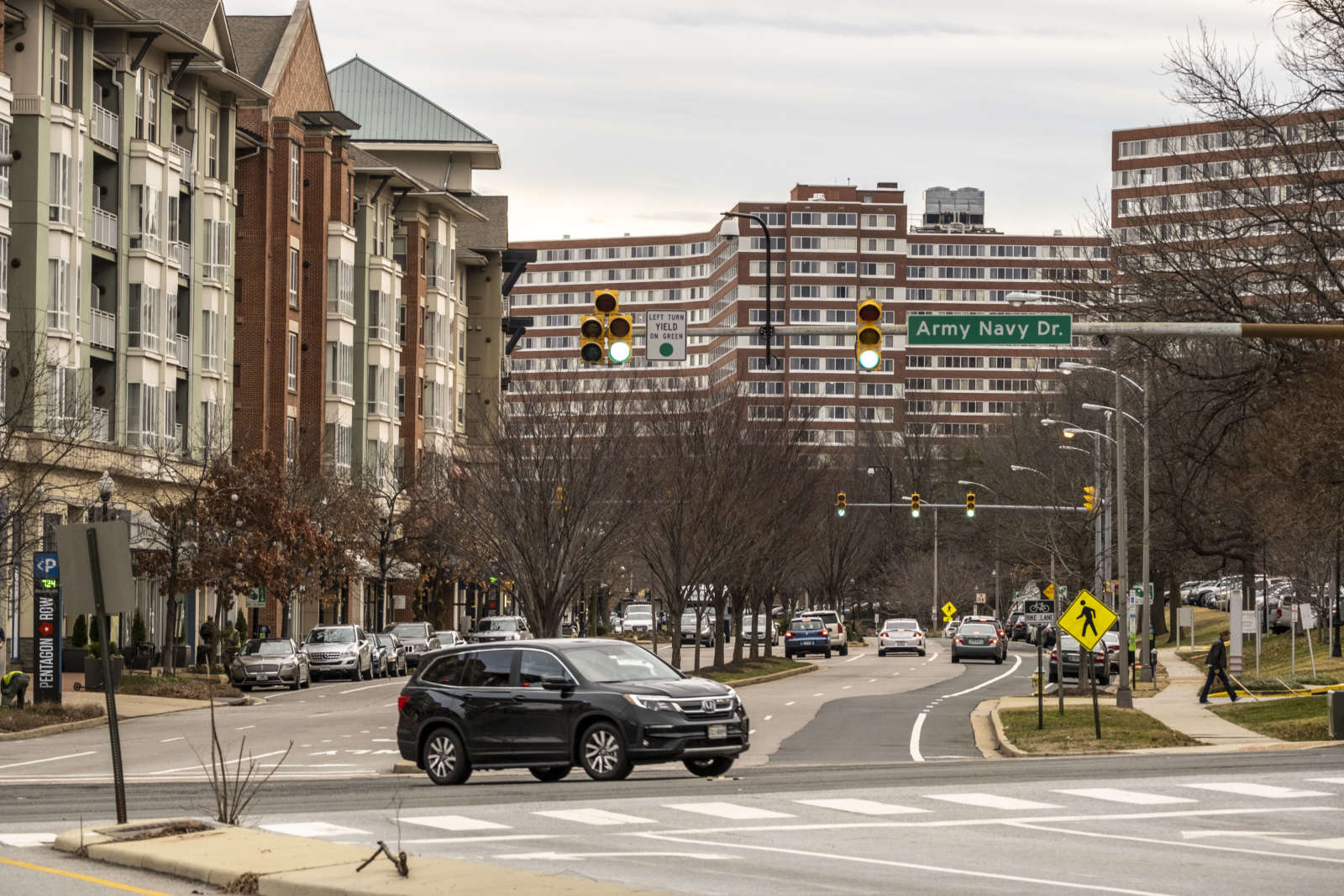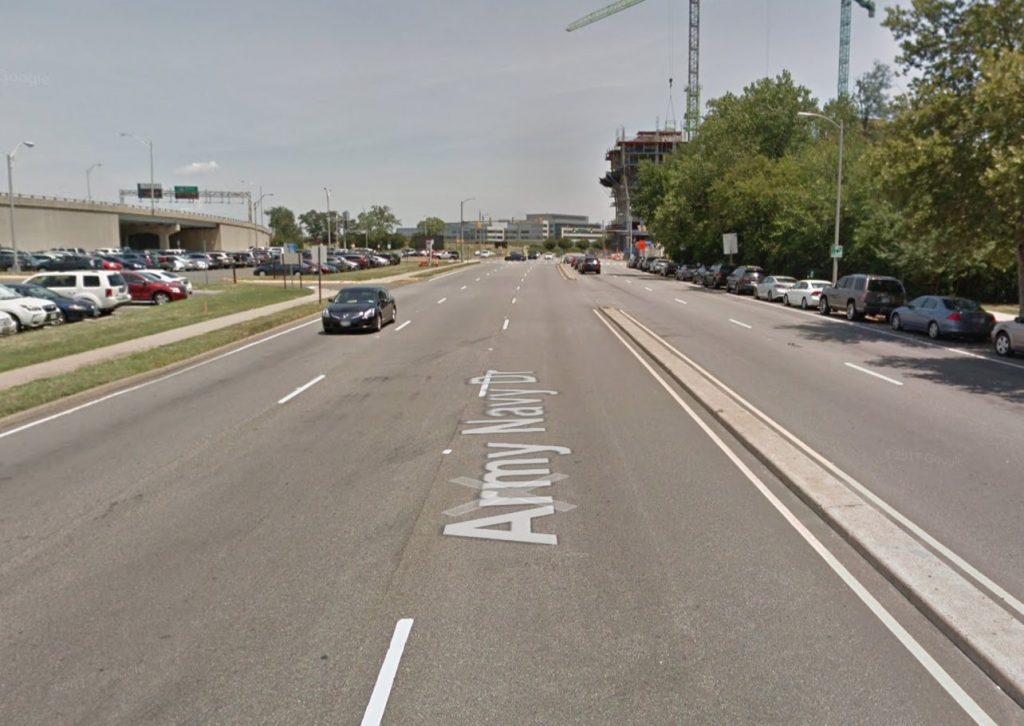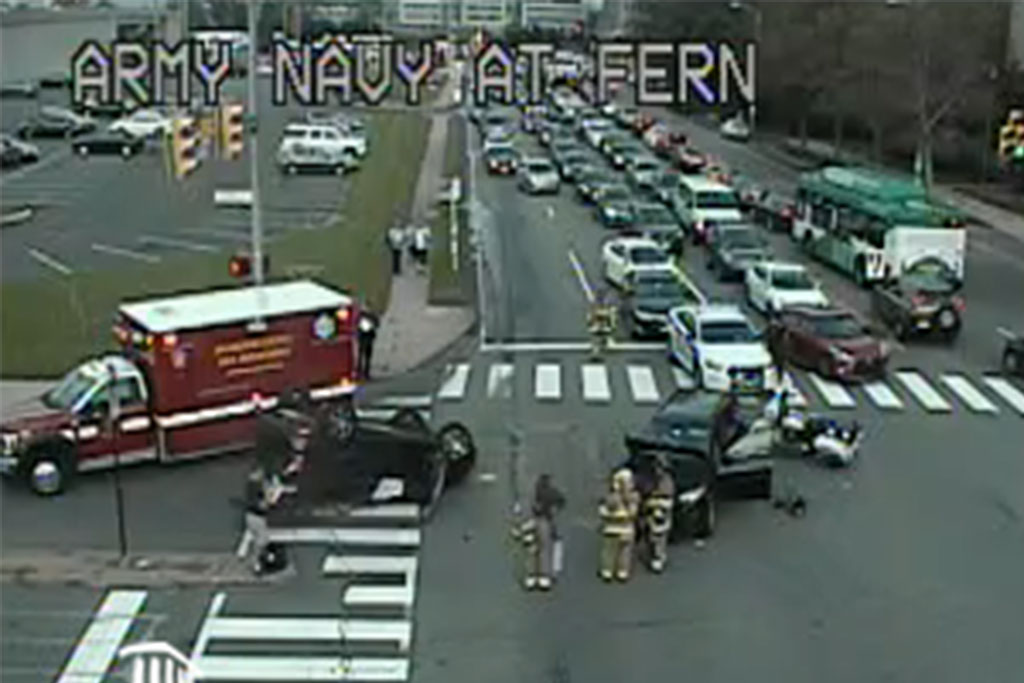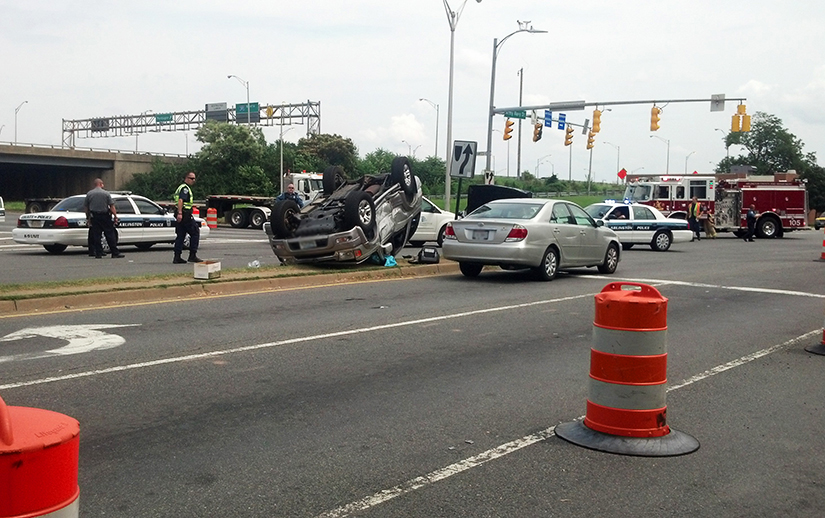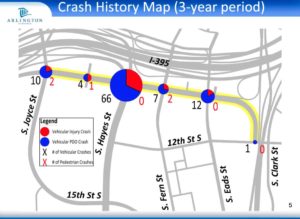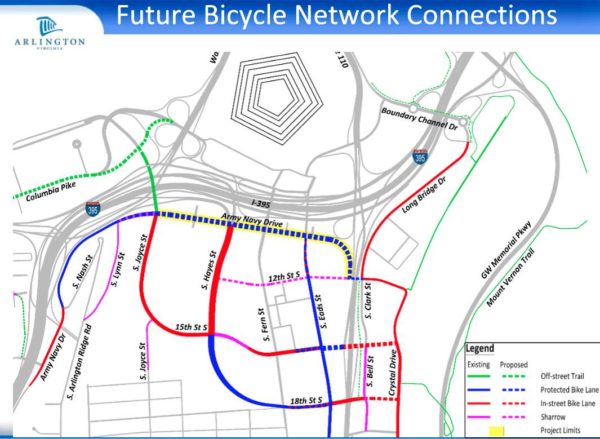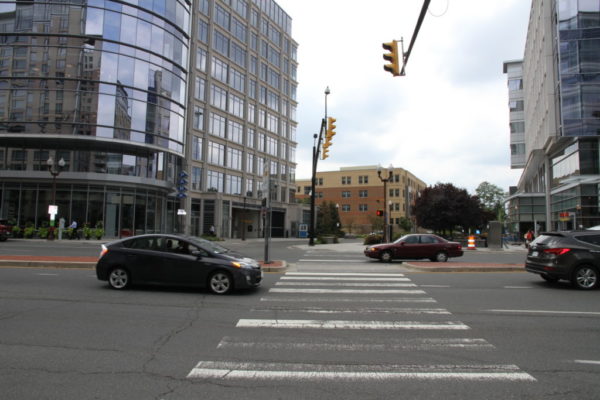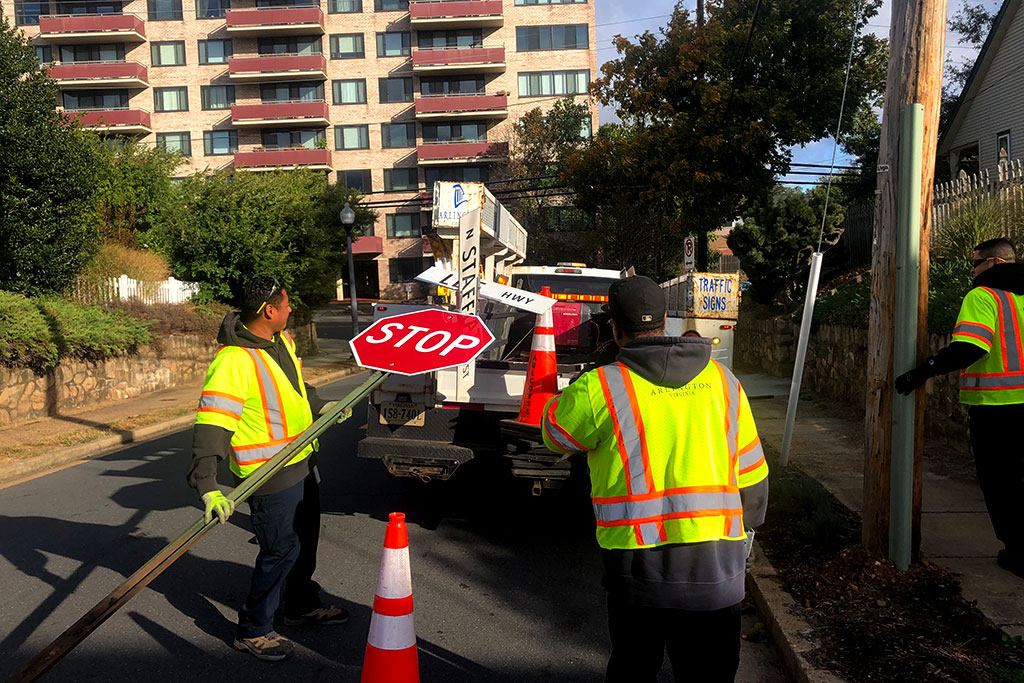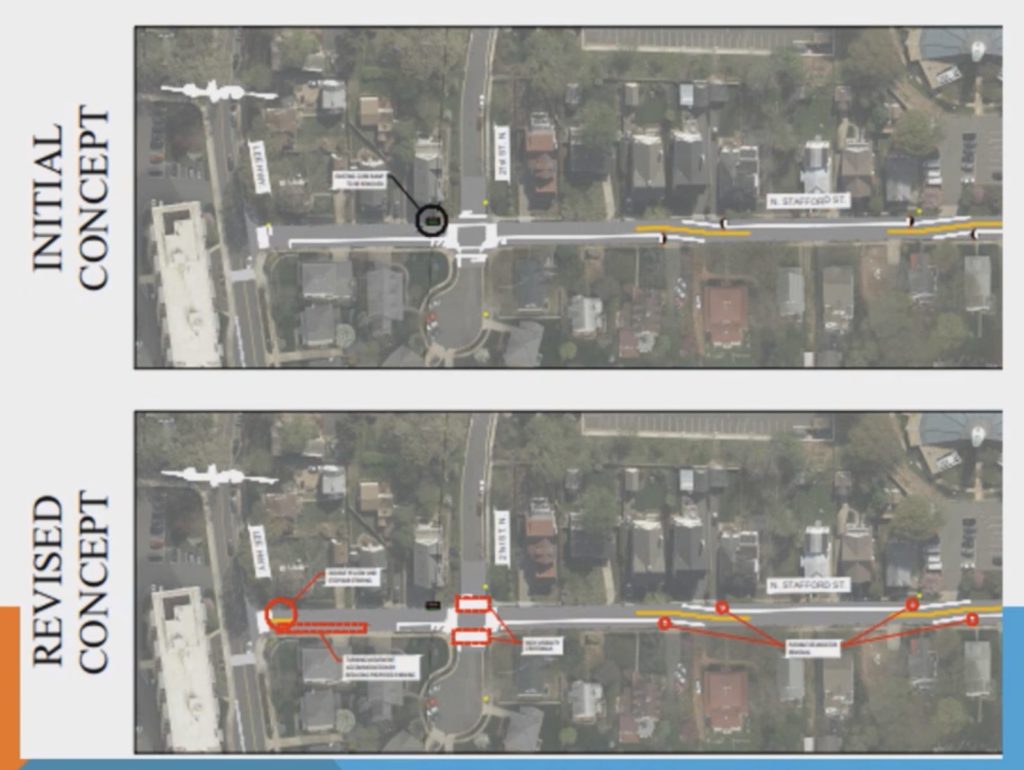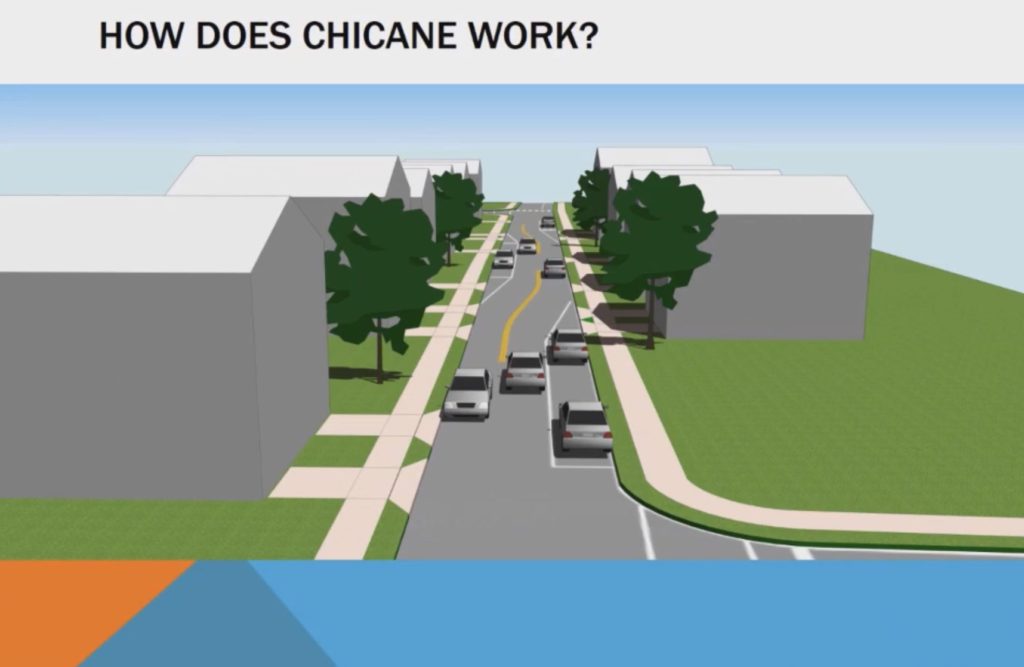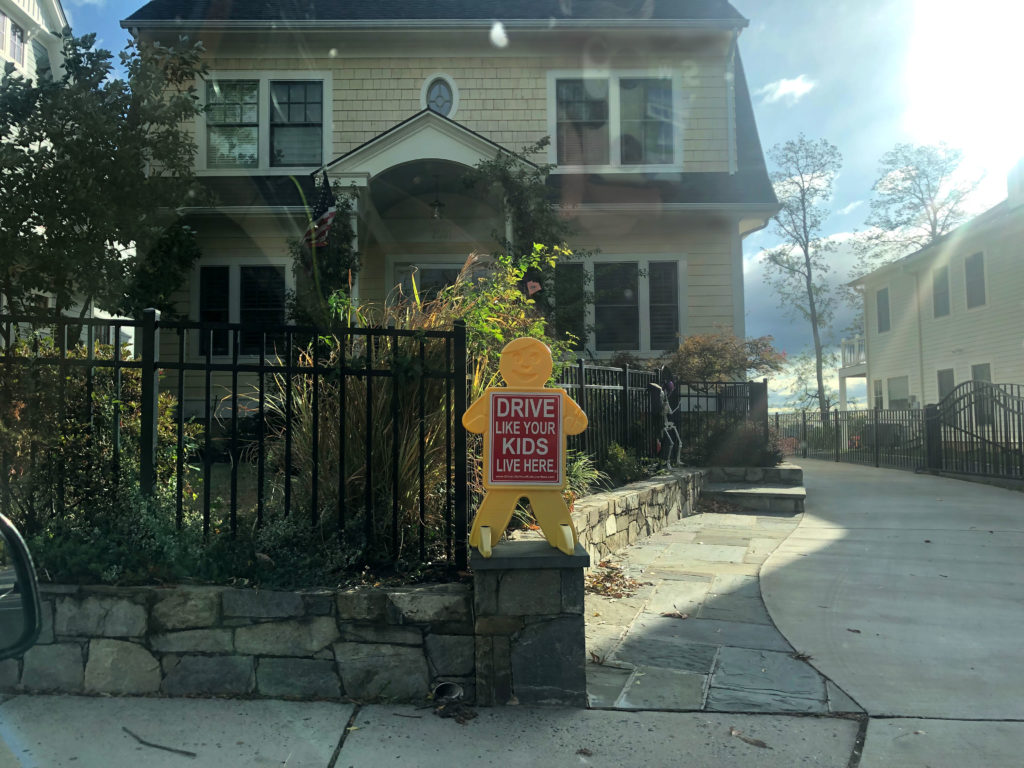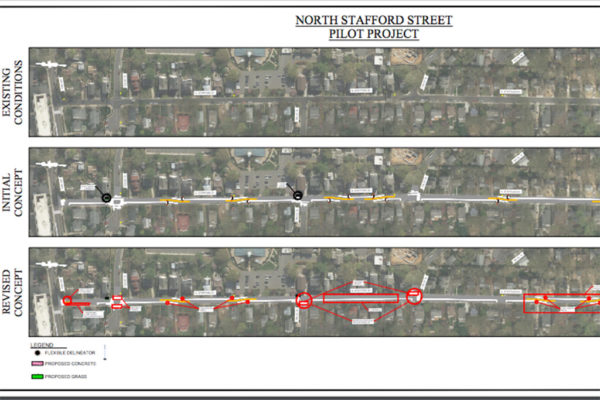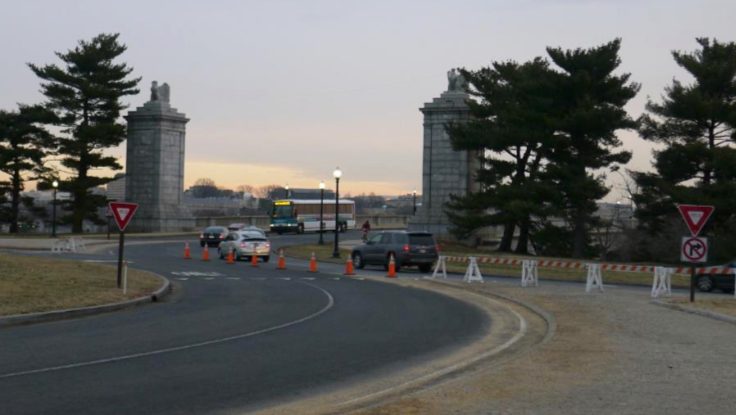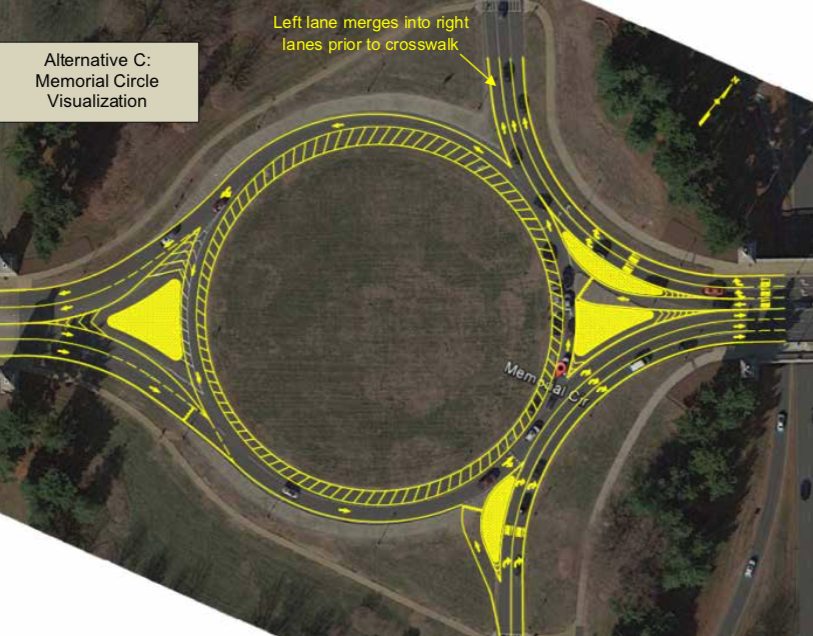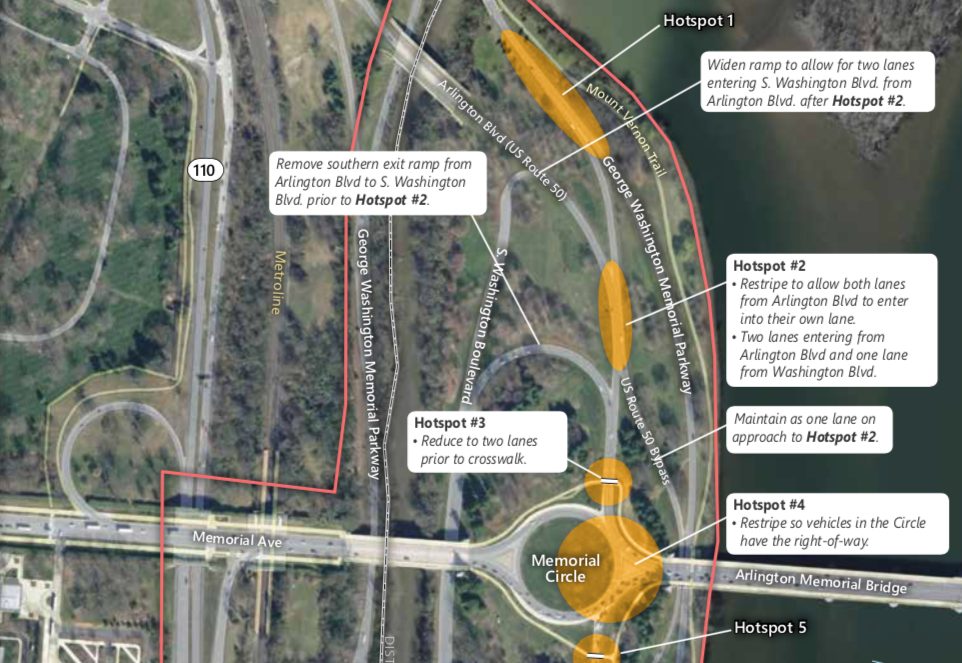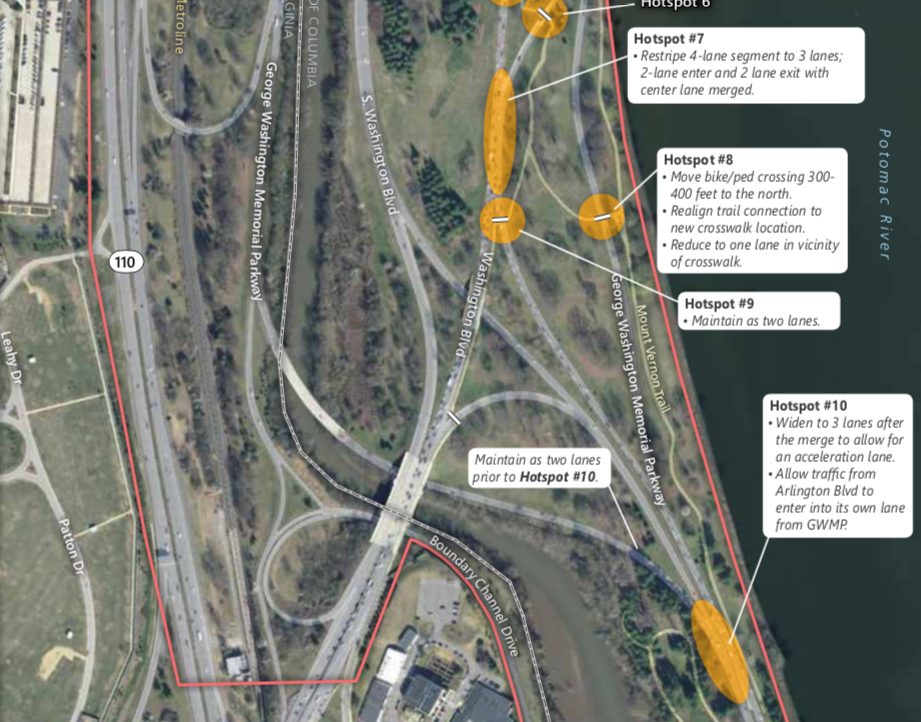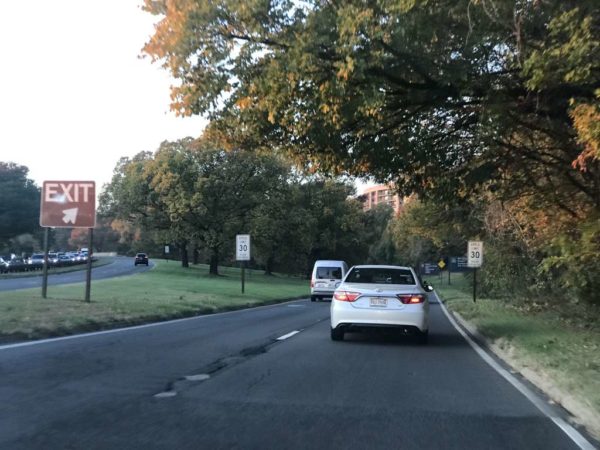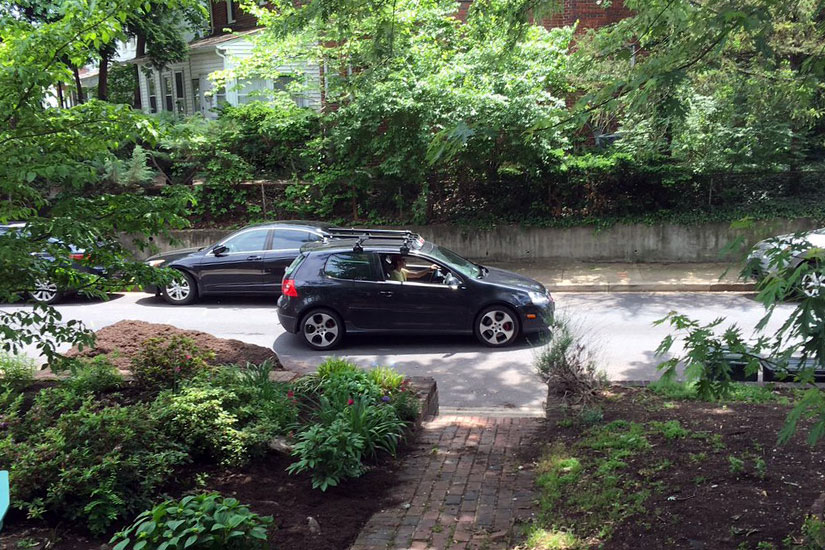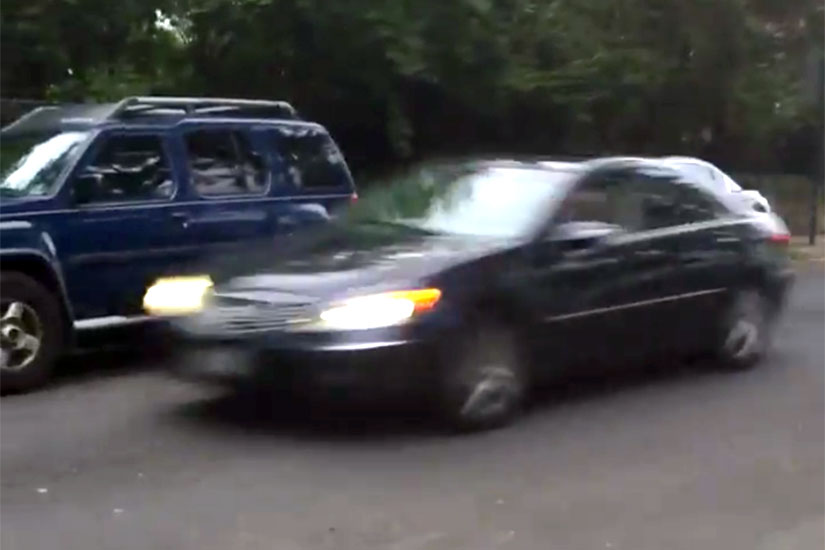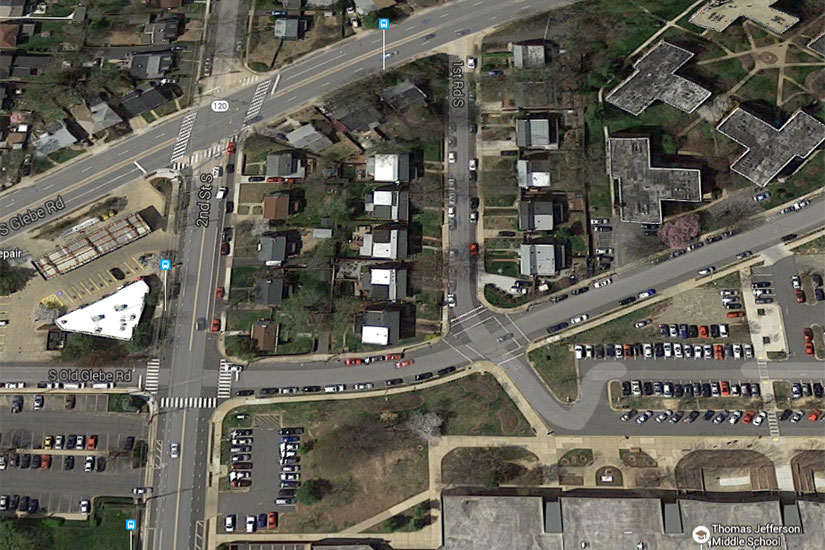Drunk driving — the alleged reason why a woman was killed in a hit-and-run last month — is on the rise in Arlington.
The fatal crash in the Arlington Heights neighborhood has county leaders considering greater emphasis on curbing drunk driving. Neighbors, meanwhile, are asking the county to add more traffic calming measures to combat risky driving, particularly near Alice West Fleet Elementary School and Thomas Jefferson Middle School.
On Aug. 1, a driver hit Viviana Oxlaj Pérez while she was walking near the Thomas Jefferson Community Center at 3501 2nd Street S. She was treated at the scene and transported to the hospital, where she died.
The Arlington County Police Department arrested Julio David Villazon at his home on Aug. 2 and charged him with involuntary manslaughter, hit and run, driving under the influence and driving on a revoked license.
There has been an uptick in alcohol-involved crashes in Arlington. Last year, ACPD recorded 143 alcohol-involved crashes, up nearly 49% increase from 96 in 2020, according to its 2021 annual report. In 2022, ACPD has recorded 116 alcohol-involved crashes, says police spokesman Ashley Savage.
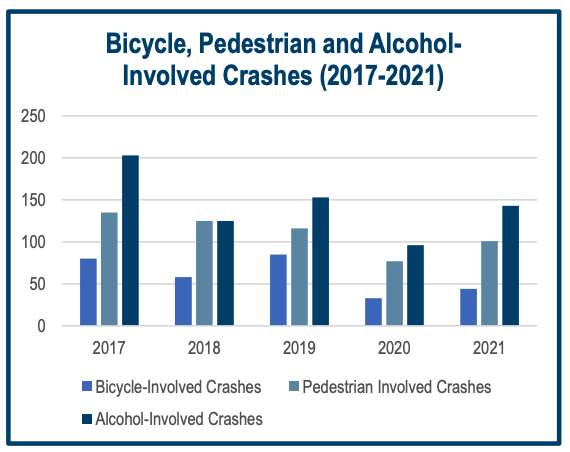
Driving under the influence is one of the top contributing factors to a “disproportionate” number of critical and fatal crashes in the county, says Dept. of Environmental Services spokeswoman Katie O’Brien. The others are speeding, turning left at an intersection, turning right across bicycle lanes and failing to yield to pedestrians.
Each of these behaviors is being addressed during an ongoing “Critical Crash Mitigation Campaign” through December.
The recent rise in alcohol-related crashes chips away at what had been a broader downward trend in drunk driving. Arlington County Board Chair Katie Cristol attributed this initial decrease to efforts, such as the ACPD Arlington Restaurant Initiative and the Washington Region Alcohol Program, as well as the growing popularity of ride-sharing services — which have been getting more expensive.
“Now, however, national trends are indicating major increases in alcohol-related traffic fatalities during the pandemic (regional data is lagging but reasonable inference suggests our local trends may be similar),” Cristol said in an email to ARLnow. “This indicates to me that there is a greater role for the County Board in public education about the threat that drunk driving poses to our own community.”
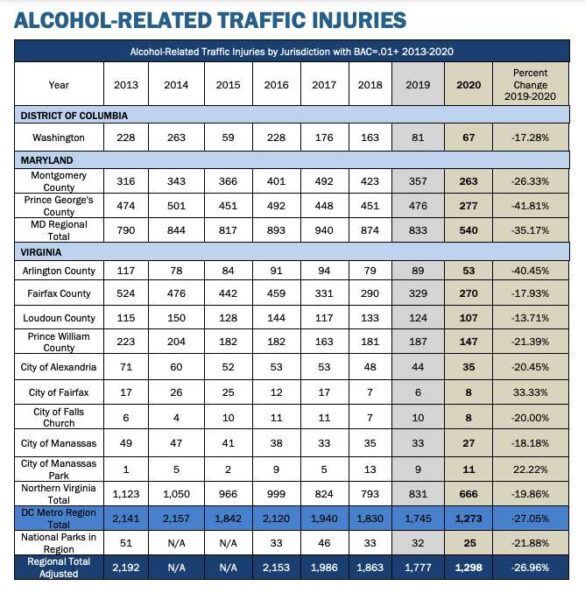
Cristol said the most important message she can communicate about last month’s crash is that “there is no safe way to drive drunk.”
“In this situation, the driver was impaired, and there is no ‘safe’ BAC above zero to get behind the wheel. Any intersection or roadway — irrespective of the physical safety improvements, visibility interventions, or other designs to the built environment — is unsafe when a drunk driver is present,” she said.
The DUI is Villazon’s second driving offense within the last 10 years, according to court records. He was previously found guilty of “improper driving” in the Arlington General District Court. Under state code, the misdemeanor charge of reckless driving can be knocked down to improper driving if either the judge or the prosecutor find that the offense was not serious.
His next court date is in February 2023.
The crash that killed Oxlaj Pérez is being examined by a broad swath of local agencies, including Arlington’s transportation staff, the police and fire departments, Arlington’s Dept. of Human Services, Virginia State Police and the County Manager’s office.
But neighbors say the problem is not hard to understand. They say drivers, particularly during school drop-off and pick-up times, speed down S. Glebe Road and Arlington Blvd (Route 50), run red lights, roll stop signs, make illegal U-turns, block crosswalks and go the wrong way on 1st Road S., a one-way street — and they’re not drunk.
“I understand the tragedy that occurred a few weeks ago involved alcohol and likely wouldn’t have been prevented with traffic changes,” said one neighbor, Kelly Cherry-Leigh Davison. “But we have brought up these safety issues numerous times to everyone we can think of and are getting nowhere. I’m worried every day another tragedy is going to occur and we could be preventing it.”


